There’s no question that the organizers of the 2014 Winter Olympics did an amazing job with security here in Sochi. There are technologies and protocols in use here that I have never seen anywhere before. Although they can sometimes be irritating, it strikes me that this may also be a preview of what’s to come. If Sochi put these procedures in place to guarantee the safety of the Games, it’s only a matter of time before airports and security checkpoints around the world do the same. If you can remember the golden days of accompanying your loved ones to the gate and enjoying your beverages as you went through security, you probably know that airport security rarely moves backwards. Although some of the procedures I highlight below may seem like added hassle, some will actually make the security experience easier through new technologies while also keeping us safer.
Through-the-Bottle Liquid Scanning
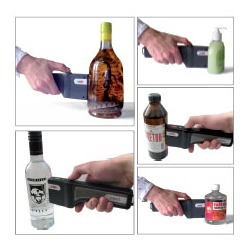
Not being able to bring liquids through security is one of the most frustrating parts of air travel. But here in Sochi, that no longer seems to be a problem. As I’ve been commuting from the coastal cluster to the mountain cluster every day I go through a half dozen security checkpoints and I often have a bottle of water or other beverage in tow. Sochi’s solution has not been to ban liquids, but instead to employ liquid analyzing technology that instantly scans a liquid right through its bottle. The handheld scanners are small and fast and can instantly clear a liquid for safety. Although I’m sure the scanners cost a fortune, this definitely makes more sense than having everyone throw their liquids away and re-purchase them once through security.
A Pat-Down For Everyone
We’re all used to the routine. Bag on the x-ray belt, items out of pockets, walk through the metal detector. The routine is the same here in Sochi, except that every single person also gets to enjoy a brisk pat-down. The aggressiveness of the pat-down varies with the individual personality of the security guard, but you can always count on a least some level of groping. This additional measure seems unnecessary after an x-ray and metal detector and yet I’m sure it’s only a matter of time before it’s implemented everywhere. The only real problem with it, besides the obvious, is that it greatly slows down the security line.
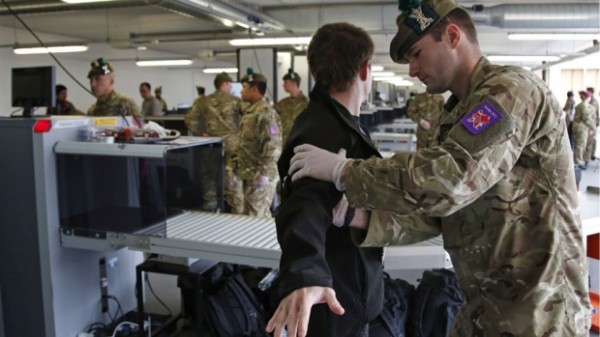
Image copyright Liberty Voice
Shoe Scanners
I hate taking off my shoes when going through security. It’s stupid and has always seemed reactionary because of that one guy back in 2001. Sochi seems to have solved the bare-foot security line problem by implementing special shoe scanners. If, and only if, security feels there is a reason to scan your shoes, you simply stand on a special pad for a few moments while a scan takes place. Although the additional process may seem to slow down the security line, not requiring every single person to remove their shoes will certainly more than make up for it.
Sticker Security Scheme
This is the lowest-tech thing you can imagine and yet I am in awe of how effective it can be. Hosting an Olympics requires a lot of vehicles and these vehicles need to constantly be moving in and out of secure areas. Because of concerns over concealed explosive devices or unauthorized people joining vehicles, Sochi has implemented a sticker security scheme the likes of which I could never have imagined. A special sticker is applied to every possible opening of every possible vehicle. Every panel, every gas tank, every seam and every door is controlled through stickers that cannot be removed without breaking the seal. If all stickers are in tact than you know nobody has messed with any part of the vehicle. They have actually gone so far as to apply stickers to the doors of buses that travel between secure-zones. Once everyone is on board, the doors are closed and sealed with special stickers. At the destination guards confirm the seals are not broken and that nobody could have joined or departed the bus while in transit.
Your Face is Your ID
Everyone attending the Sochi Olympics needed to provide a photo of themselves for security purposes. Yes, even every single spectator. These photos are used through all stages of the security process. It would be absolutely impossible to travel as someone else here in Sochi as every time you pass through security your credentials are scanned and your head shot is displayed on a monitor for a security guard to confirm is actually you. Guards even patrol with handheld scanners that scan our credentials and instantly display our photos on the handheld screen. This photo-based security eliminates the risk of forged documents, fake passports or altered identifications. Just to make things even more secure, Sochi is apparently making use of Artec ID’s Broadway 3D Facial recognition system which can constantly scan faces in 3D without the subject even knowing. The system is supposed to be so advanced that disguises, facial hair and age can’t fool it. It can apparently even detect the difference between identical twins.
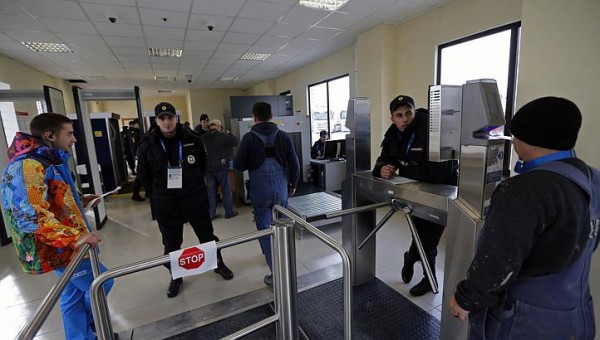
After scanning your credential your image appears on the screen for the guard to verify is really you. Photo copyright The Straits Times.
Emotion Scanners
Just to make things even more Sci-Fi, it’s being reported that Sochi is also making use of a technology that can scan a person’s emotional state. Even if you look cool and collected on the outside, the VibraImage technology apparently measures tiny muscle vibrations in the head and neck in order to detect if someone who appears normal is actually in an agitated mental state. The system then flags them as a threat for security personnel to deal with. To be honest, I don’t know if this technology is real or not because the company’s website looks like it’s from 1998. If it is real, it obviously has unbelievable potential in helping to keep our airports and security checkpoints safer without adding delays to the security process.
What do you think? Are these security measures the future of our airport experience? Will they make things better or worse in the long run? Have you seen a technology in use that I haven’t mentioned here? Let me know in the comments.

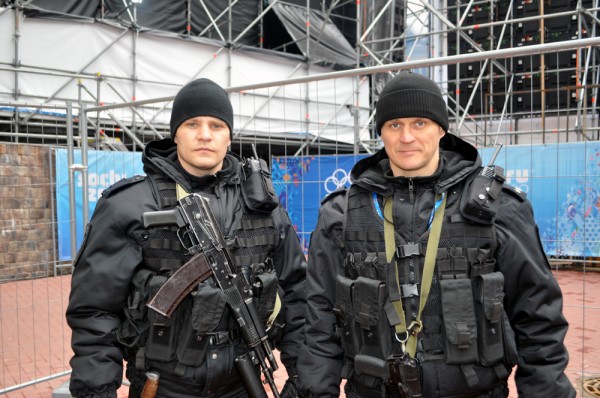
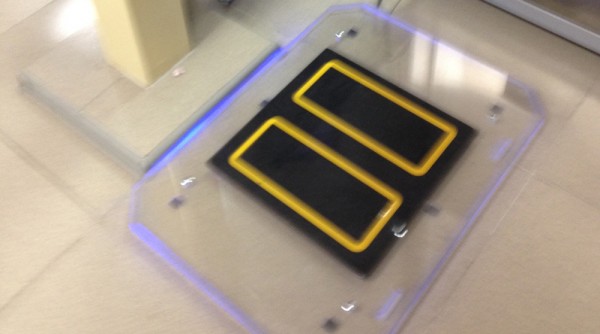
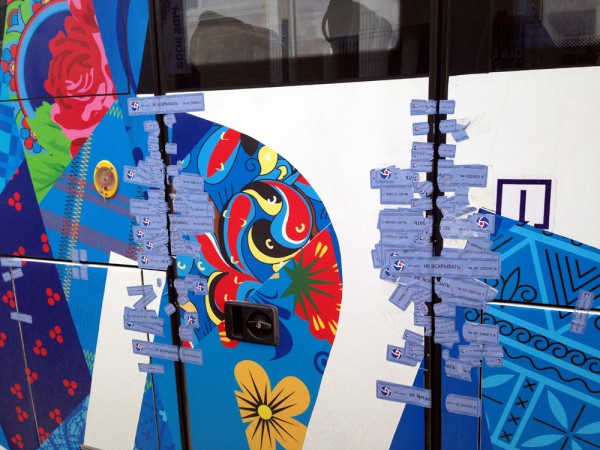
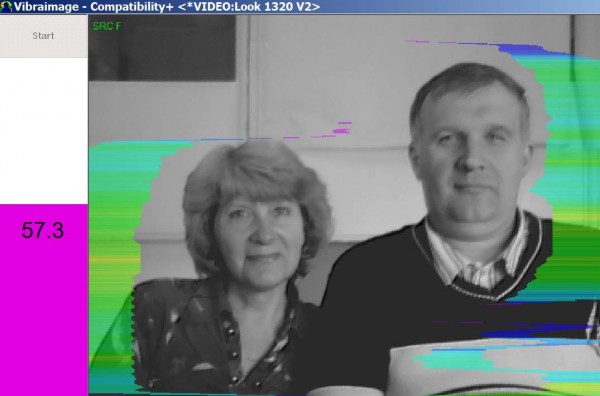










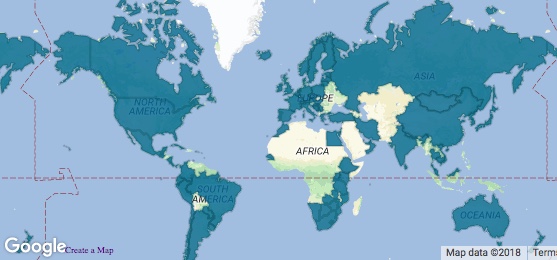



where’d you find that shoe scanner image? I can’t find any more info about it anywhere
There are a lot of different ones if you Google airport shoe scanner.